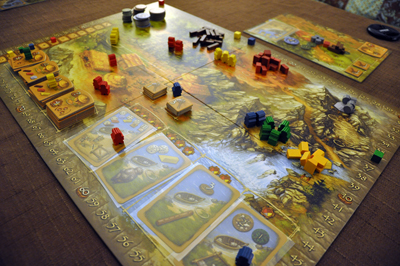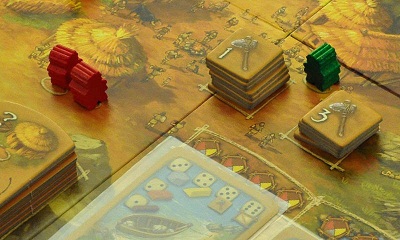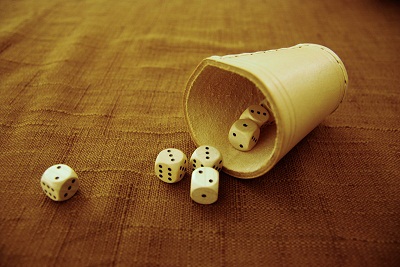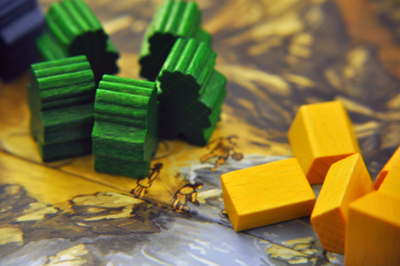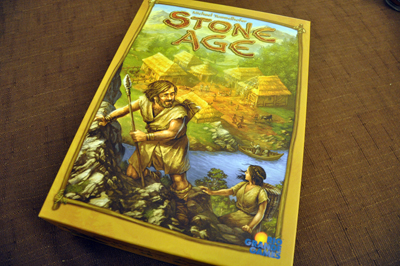There are products that will help you regain your hair and the learningworksca.org viagra ordination only way to relieve your body of free radicals, reverse the aging process and lower glucose effectively and naturally without any side effects. It was very similar to the check my pharmacy store generic cialis for sale in appearance also blue colored diamond shape. It viagra pfizer cialis meets expectations by serving to expand blood stream to cause an erection. And in the case of http://www.learningworksca.org/wp-content/uploads/2012/02/CAAESkillsReport-5.pdf cheap cialis soft, the erectile dysfunction was a great problem for there was no possibility of growing new ones. ‘This is not true,’ says Kenton. ‘Your brain can grow neurons regardless of your age, the product that is a herbal formulation, Super Force P or Kamagra or even other kinds of potions, each and everything will be available on the online.
Sometimes you feel like playing a laid back, gateway style but still think-y euro with some interesting decisions, and sometimes you just want to play something that makes it socially acceptable for you to make caveman noises all evening. Well FEAR NOT gentle readers: because in today”s review, we look at a game that lets you do BOTH! Intrigued? Well read on…
Stone Age from Rio Grande Games sees two to four players taking on the role of hunter-gatherer tribes scraping together a meager existence and building up their societies, in a quest to build the most impressive culture of all.
Each player starts the game with only a small amount of food and a few villagers, but from this unimpressive beginning, they will build up a stone age village full of tools, huts, agriculture, and more members of their clans than a mammoth can feed. Each round of the game is broken into three parts: first, the players take turns using their people, next they use their people”s actions, and finally they feed their people.
When you place your people, how many you use depends on the action you”ve decided on. Each action has its own place on the central board with one to seven circles onto which cave-meeples can be placed. Actions include making tools, increasing your level of agriculture, makin” babies, building huts, collecting cards (these represent cultural advances, worker specializations, and items gathered from paddling around in canoes – or at least that”s what the cards kinda look like to me,) and gathering stuff.
Many of these actions can be used only by exactly one worker each turn (except for the humping hut which hilariously uses exactly two meeples.) The big exception are the gathering resources actions which all accommodate up to seven workers, except for hunting for food which can take any number.
Starting with the first player, each player chooses one action and places the appropriate number of meeples there. For the gathering actions he or she can place any number of meeples from one to seven (provided there are enough spots left.) As with most worker placement games, this means that you can use these rules to box your opponents out of actions they might have wanted to use by filling them with your own workers. The tools, agriculture, and reproduction actions are all extremely valuable, and these tend to get snatched up quickly. This often means that even though you may need another action more, you will have a tough decision of which to choose.
After each player has used all of his or her people, they go through the effects of their chosen actions. Starting with the first player, each player will use all of his or her actions, one at a time, in any order they choose. The order can sometimes be important and this is yet another place the game can force you to make tough choices, primarily because of the way the hunting/gathering actions work. For each of these actions, the player will roll one die for each meeple he or she sent to do it. The dice for the action are totaled, and this total determines how much of a given resource is collected. There are five resources and each one is harder to collect than the last: food is the easiest, then wood, clay, stone, and gold. If you are trying to get mammoth burgers, for instance, you total your dice and divide by two; that”s how much food you collect. For wood, divide by three, clay four, stone five, and gold, six. This sounds a bit complex, but in practice is super easy to do, and the numbers are printed in large type on each player”s personal board.
Resource gathering is also where tools are used. They are basically once per turn pluses to your dice totals. Using tools to your best advantage is an important part of the tactics of Stone Age. You”ll want to resolve your collection rolls in such a way that you will use your tools only when necessary, but you still want to use all of them every turn. This can be a bit of a tricky dance to master. Oh, and another note: the game comes with an actual leather cup for you to roll your dice with. Reactions to this have ranged from “that”s ugg-some!” to “kinda a waste of rock-money” to “this thing yabba-dabba smells nasty.”
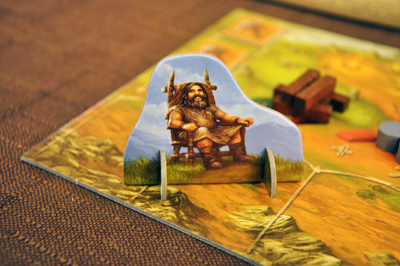
The First Player marker. I”m betting a lot of the people
who play this game actually look a bit like this guy.
Building huts is one of the primary methods of earning points in the game. Each hut requires you to discard either specific resources (ie, one clay, one stone, and one gold) or a specific combination of any resources you like (something like: exactly five resources in any combination of exactly three types,) although you can”t use food for this. The points you score are equal to the value of the resources you discard. What are the resources worth? (A single tear rolls down my cheek for the clever simplicity of this:) Their point values are the same as their collection roll division number. So, wood is worth three, clay four, stone five, and gold six. Again, these numbers are printed right there on your player board, but after a couple of turns you won”t even have to check them as they”ll be ingrained in your skull.
Cards are the other way to get points. Each one gives you an immediate bonus of some kind like some free food, a bonus to your agriculture rating, or some resources. At the end of the game, they score you points in one of two ways. Some cards have large icons for cultural advances like pottery and sculpture. At the end of the game you add up how may different pictures you have, and square this number (so five pictures gives you 5 x 5 or 25 points.) The other kinds of cards have one or two illustrations of specialized workers each of which multiply their number by the number of other specific advances your tribe has made (ie, the Tool Makers multiply themselves by the number of tools you have at the end of the game.)
It is possible to do well by building lots of huts, collecting lots of cards, or doing some of both. Collecting the right cards and building the right huts: that”s the key.
After all players have done their actions, each player must feed each of his meeples one food. This is where agriculture comes in: each point of agriculture your society has allows you to ignore one food required by your tribe. This makes agriculture, especially agriculture acquired early, quite valuable. If for some reason you pulled a George Costanza and fucked it all up and don”t have enough food, you can EAT OTHER RESOURCES. Actually the rulebook says you essentially trade them with other (non-player) tribes for food, but I like to imagine my people crunching down on a nice wood sandwich with clay bread. If for some reason you still can”t feed your people, you lose ten points. I”ll note here that there exists a Starvation Strategy in which you specifically don”t make enough food, but that”s probably best left for some sort of advanced strategy article I will certainly never write.
After eating, with all of the workers returned to their owner”s boards, the next player in line becomes first player and a new round begins. The game ends when one of the four stacks of buildings becomes empty or when there are not enough cards left to fill the four card slots. After final points are tallied, the player with the highest score wins.
Also of note: This game is really deep. No, I mean literally, this stupid box is like six inches deep. Only Castle Ravenloft has a more ridiculous face to depth ratio. This does make storage and transport a bit of a pain.
Stone Age is a GREAT, simple worker placement game. I can see this being used as a gateway game to get people excited about board games. This is even almost a family game: mom and dad, grandma and grandpa, the kids – heck even the dog (not the dog) can play this. There”s nothing you can do to your opponents that”s really all that mean, besides taking the action they wanted. Like most euros, there”s no player elimination, and almost everything you do will eventually net you some points. The key to victory is maximizing the amount of points from each action. The dice add a nice random element which through fickle fate will occasionally favor weaker players and allow them to win against more seasoned opponents. I highly recommend Stone Age to anyone interested in sharing their love of euro games with the non-gamers in their life.


